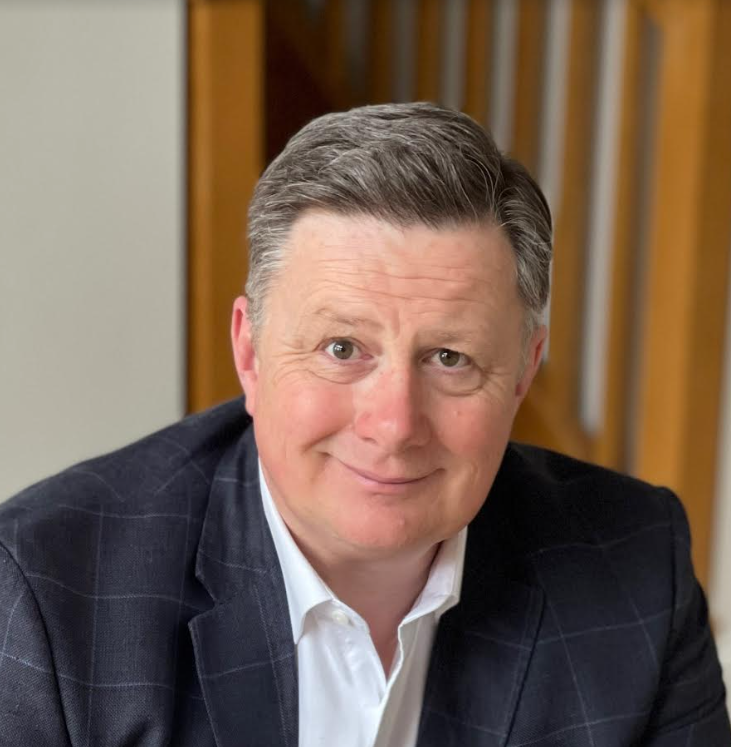Employee mental health is too important for EAPs to become diluted, argues Karl Bennett, chair of the Employee Assistance Professionals Association.
Employee Assistance Programmes (EAPs) are under huge pressure from higher demand and the growing complexity of mental health cases coming their way.
Twenty years ago they were a simple telephone helpline service for around 3,000 employers. Last year, EAPs supported 188,000 organisations and delivered more than a million counselling sessions — and around 1.7 percent of these involved ‘red flags’, meaning an immediate threat of self-harm.
We now need to be clear on exactly what an EAP is, and how they need to work in practice to protect standards and keep on delivering the best possible services and outcomes for employees. Employee mental health is too important for EAPs to become diluted — seen as just a low-cost offering made to suit mass markets.
In other words, EAP providers need to keep their identity as a high quality and high impact service, and as a valued partner at the centre of organisational wellbeing. This is crucial for the sake of employees, organisations and to help shield the NHS from even larger surges of demand for mental health support.
The biggest strain on services comes from the growing proportion of enquiries that lead to a need for counselling. EAPs provided more than 1.375 million counselling sessions in 2022, according to estimates. That means 68 percent of employees needed to be offered the support of counselling.
Like so many other business areas, there is constant demand for value and lower costs. Contracts have increasingly been won on price.
The average usage figure during 2022 topped 12 percent, compared with 11.4 percent in the previous year, and a typical average of around 10 percent in data collected via the EAPA UK ROI calculator tool.
Signs of crisis
Higher usage means employers push harder for lower unit costs, and EAPs are increasingly being asked to deliver clinical services on a shoestring, or in some instances at a loss. At the same time, more start-up businesses are targeting the market for organisational wellbeing services by offering digital-only apps and platforms that are low-cost and able to provide access at any scale.
The identity of EAPs has also been affected by the proliferation of service offerings. More regularly, providers have been adding many different features to their offering; services such as cognitive behavioural therapy, eye movement desensitisation and reprocessing, and more support around personal finances. They are also looking at emerging issues and talking points to create new markets, around the menopause or men’s health, for example.
HR needs to be working more closely with EAPs to secure the future of employee wellbeing. Higher usage rates in themselves are a signal of how more people are being allowed to reach a point of crisis.
Employers should be aiming for lower rates of use of clinical EAP services rather than seeing high rates of usage as beneficial to their staff or giving them more value for money. And that will happen with more proactive support around prevention, by dealing with stress and symptoms of mental health issues at much earlier stages. That means paying closer attention to organisational culture including issues of workload, control and psychological safety.
More integration with HR
For too long, EAPs have been limited to a role as tertiary providers. The future sustainability of organisational wellbeing as a whole will be dependent on making sure EAPs have more of a primary role. This means working more closely with organisations on wellbeing strategy and planning. We can all help each other.
EAPs were not designed to be a one-stop solution to mental ill-health. There needs to be stronger integration with HR, wellbeing and occupational health functions. Collaboration with employers is essential to formulate preventative care strategies, identify risks within the workforce and address them.
Hand-in-hand with greater collaboration, there needs to be more research evidence and access to data as there are still key questions that need to be answered. Cross-industry sharing of experience and results can be part of the answer, for example by looking at the broad impact and value of EAPs. Cross-industry data sharing could also help identify which therapies lead to the most positive clinical outcomes and in which demographic groups.
This data could uncover insights on what the differences are in experience and outcomes between digital and human interventions and how employers could maximise return on investment for their employees’ mental health.
EAPs have very quickly evolved to become a pillar of mental health in UK society, offering access to immediate support to millions of employees — a role that has yet to be fully appreciated by the UK government.
For services to be protected for the years to come there needs to be a new evolution. And that can’t solely be the rapid adoption of digital platforms and artificial intelligence, as the easiest, lowest cost option because clinical outcomes, and trust and confidence in support services, are at stake. Instead, a new stage of partnership and attention to preventative strategies is needed to build strength and resilience across wellbeing provision.
- For more on this topic, you can read EAPA UK’s report, Securing the future of the EAP: working together in 2024.













